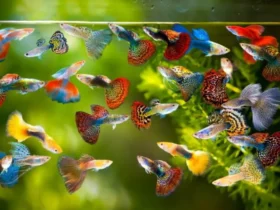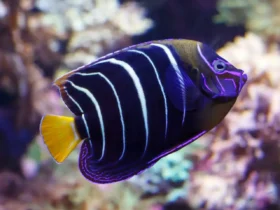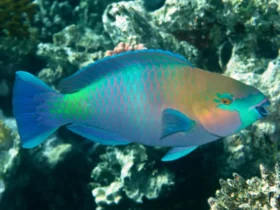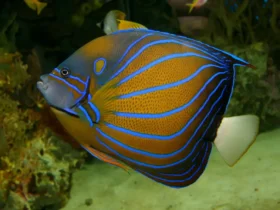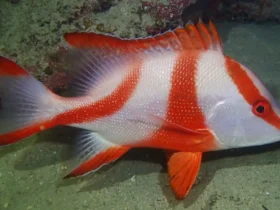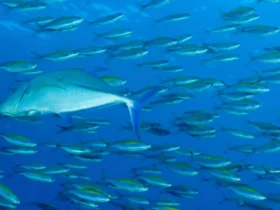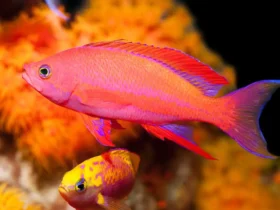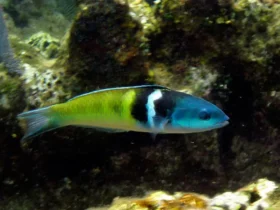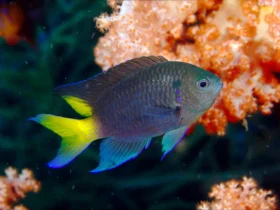In the mysterious depths of the ocean, where vibrant and bizarre creatures reside, the Psychedelic Frogfish (Histiophryne psychedelica) stands out as a true marvel. With its vibrant colors, unusual shape, and fascinating behavior, this enigmatic fish captures the imagination of marine enthusiasts and divers. In this article, we will dive into the captivating world of the Psychedelic Frogfish, exploring its appearance, habitat, hunting techniques, and the remarkable adaptations that make it a master of disguise.
Psychedelic Frogfish images
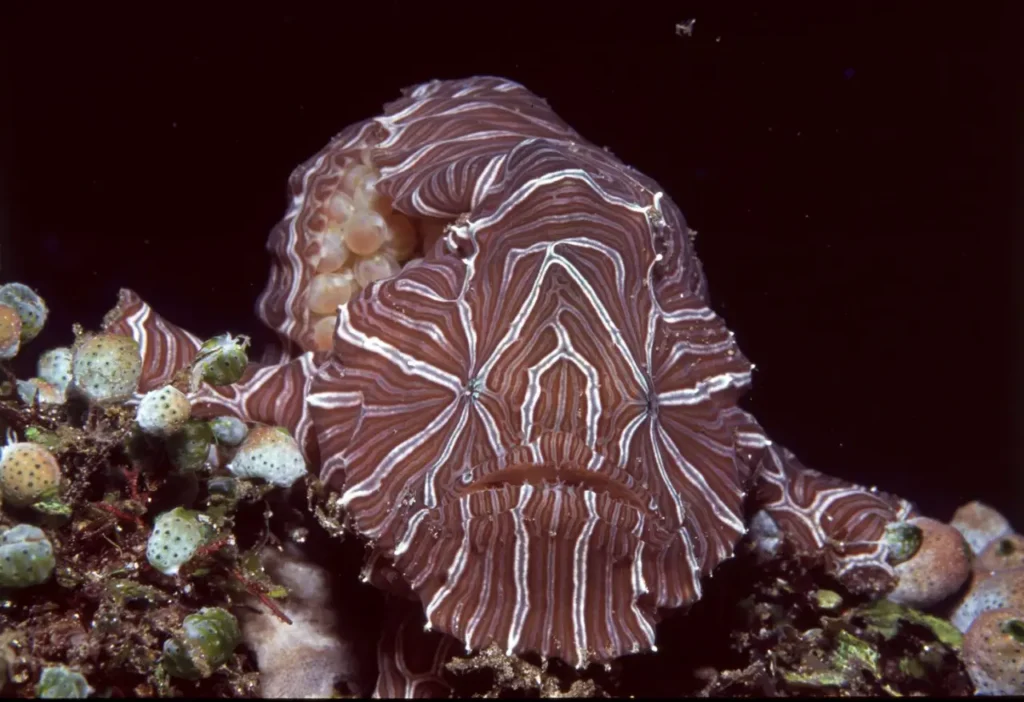
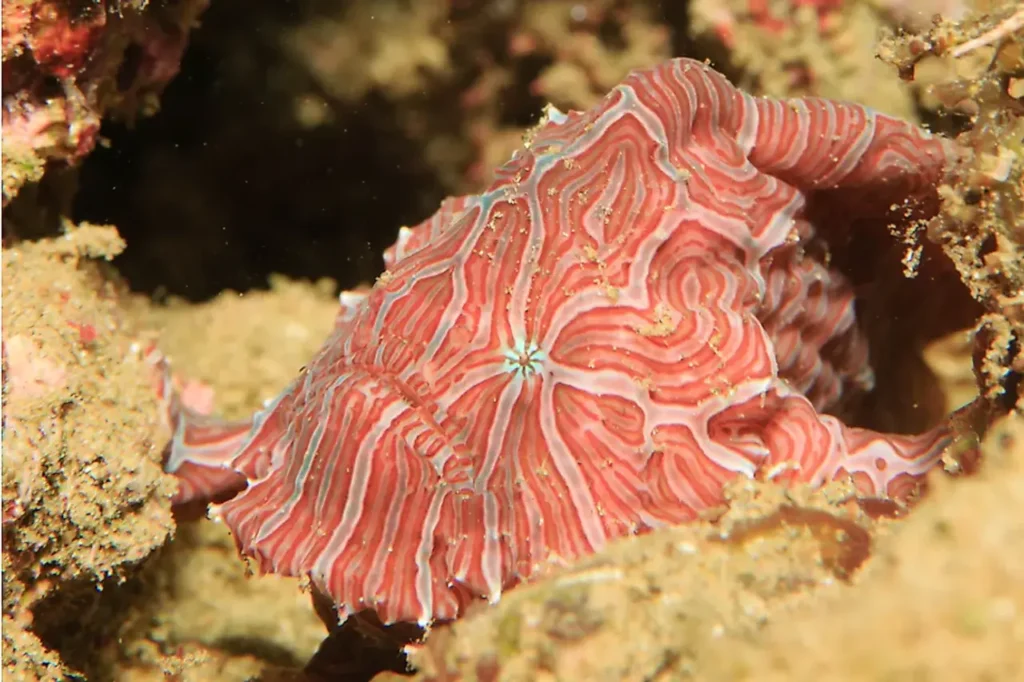
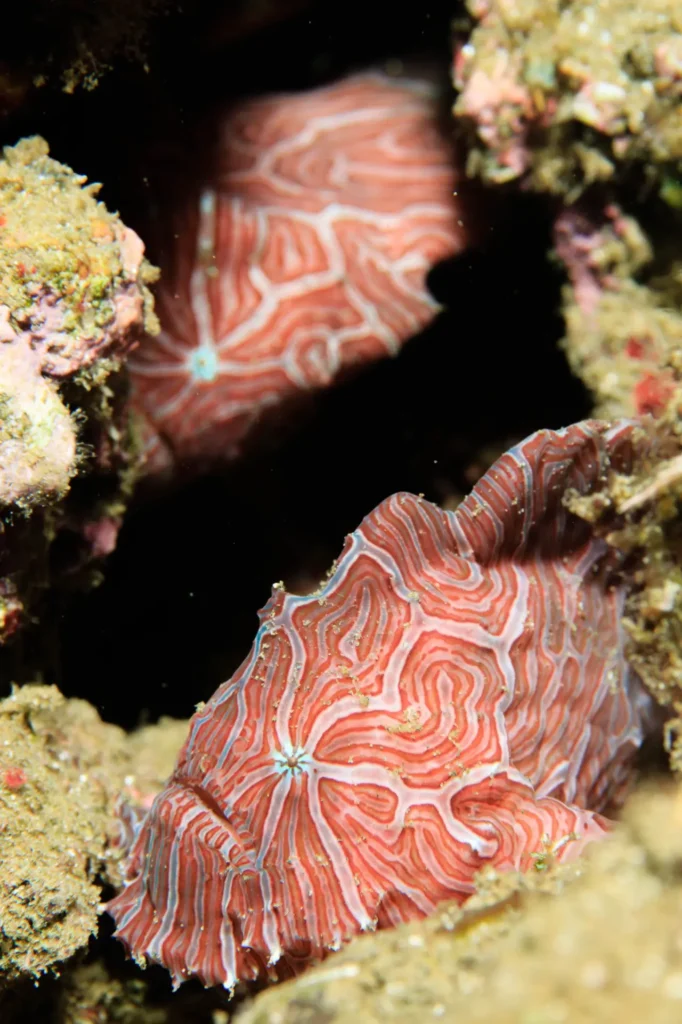
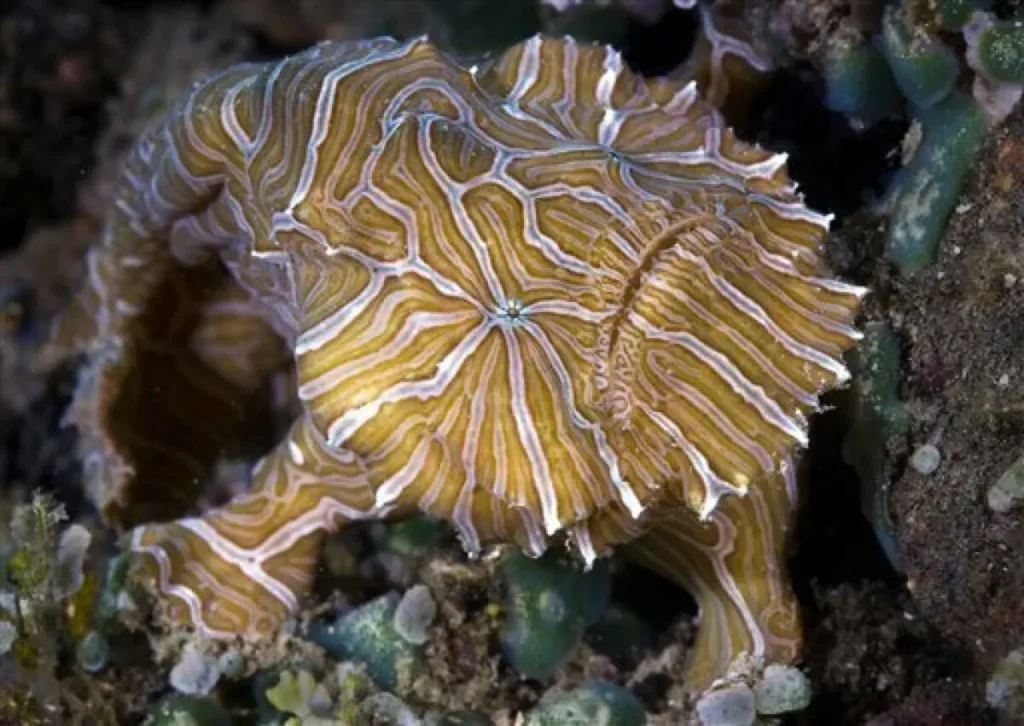
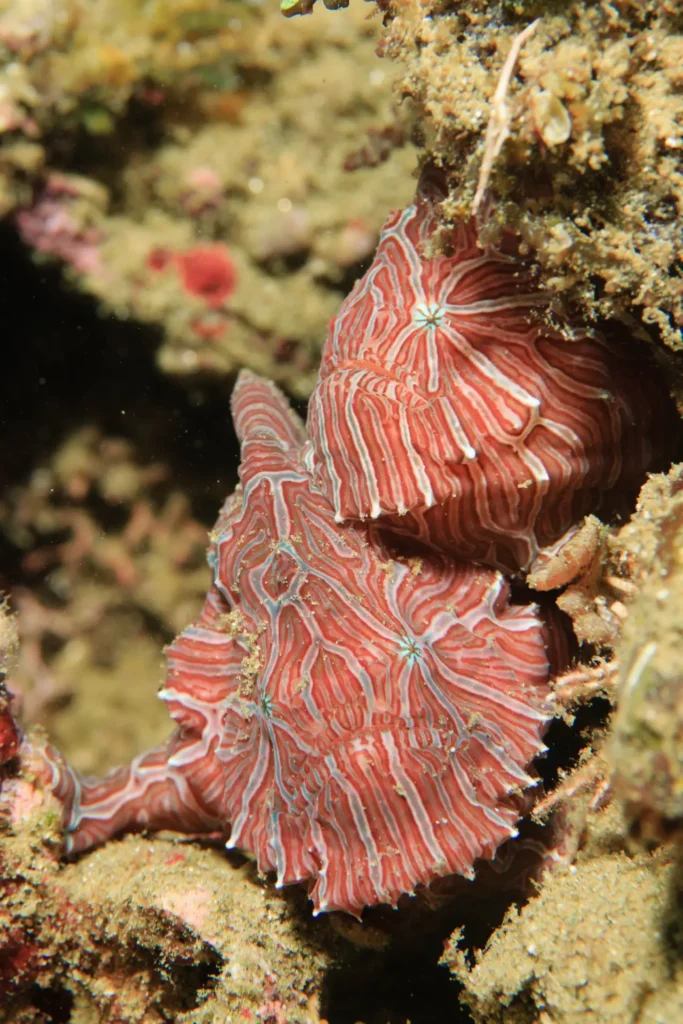
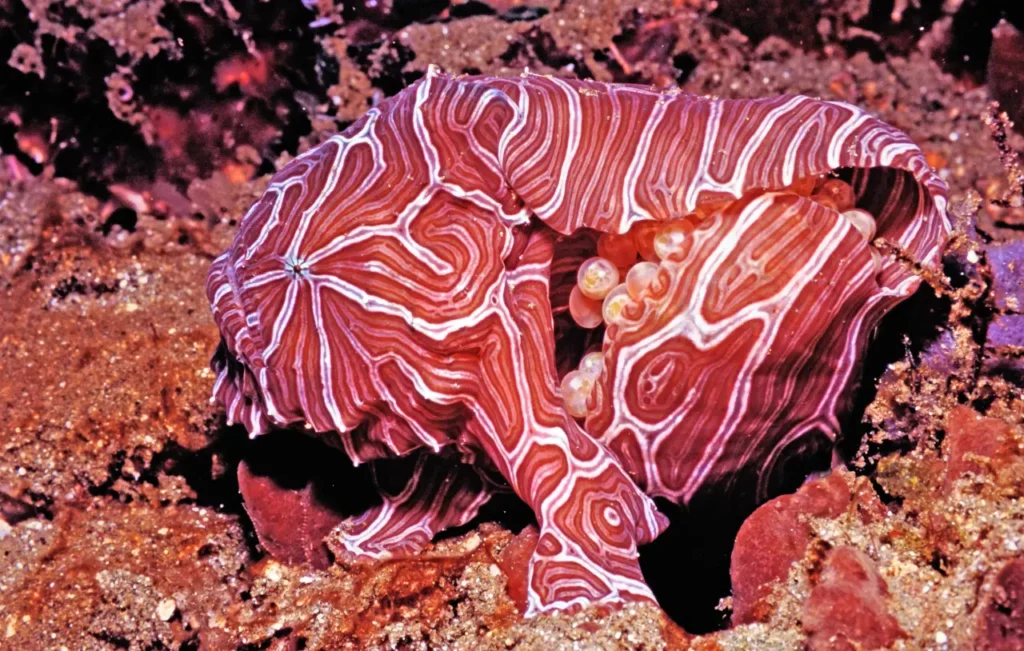
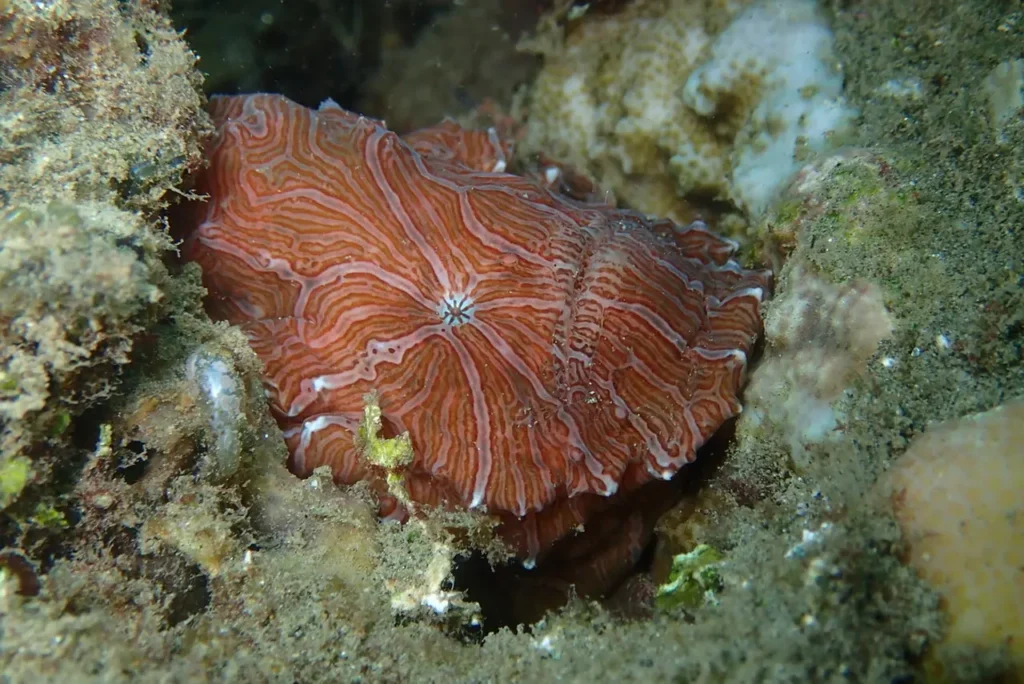
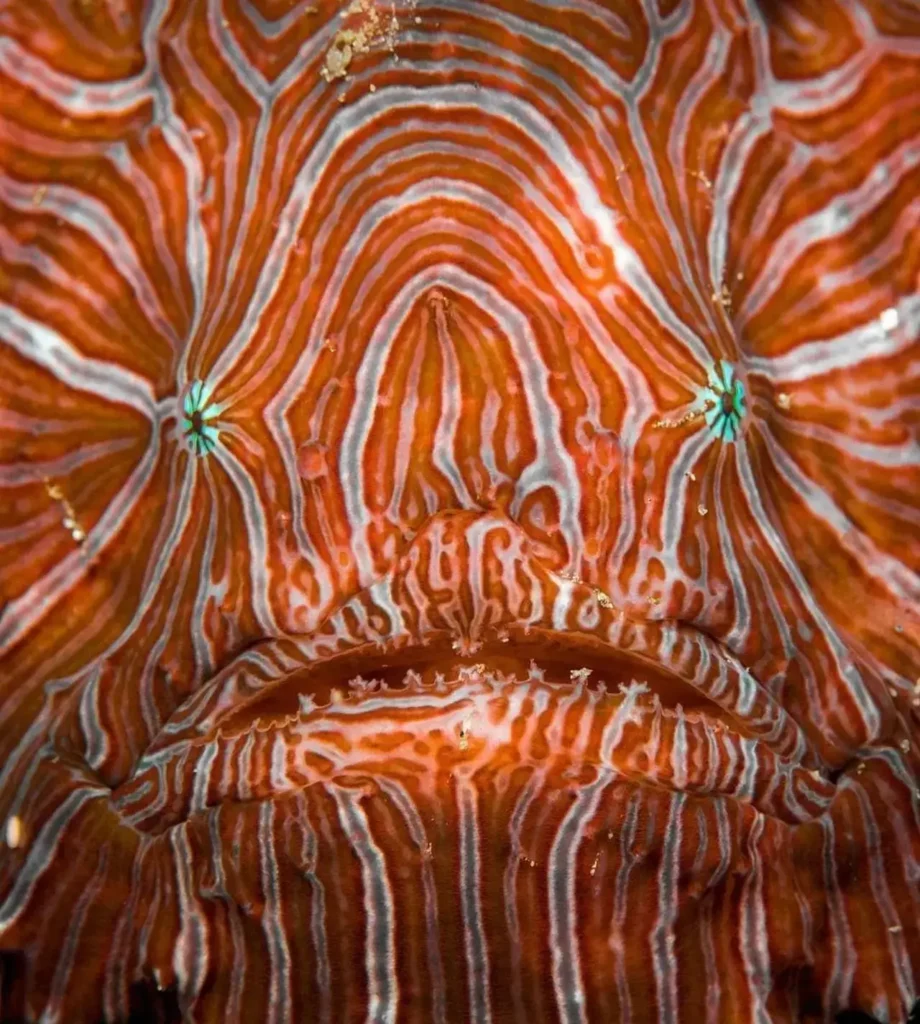
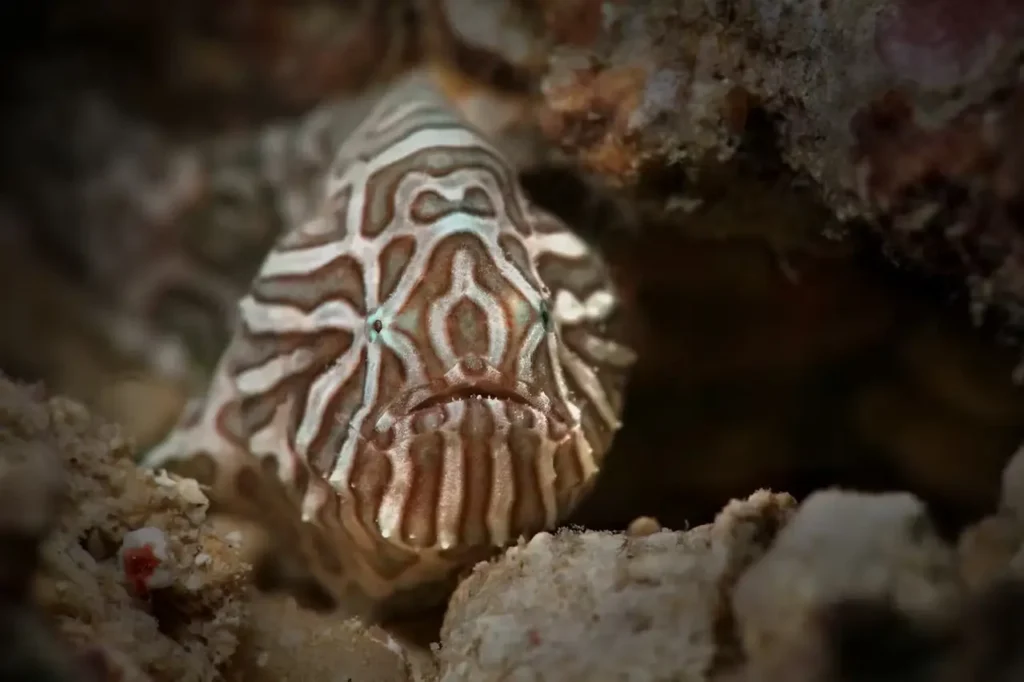
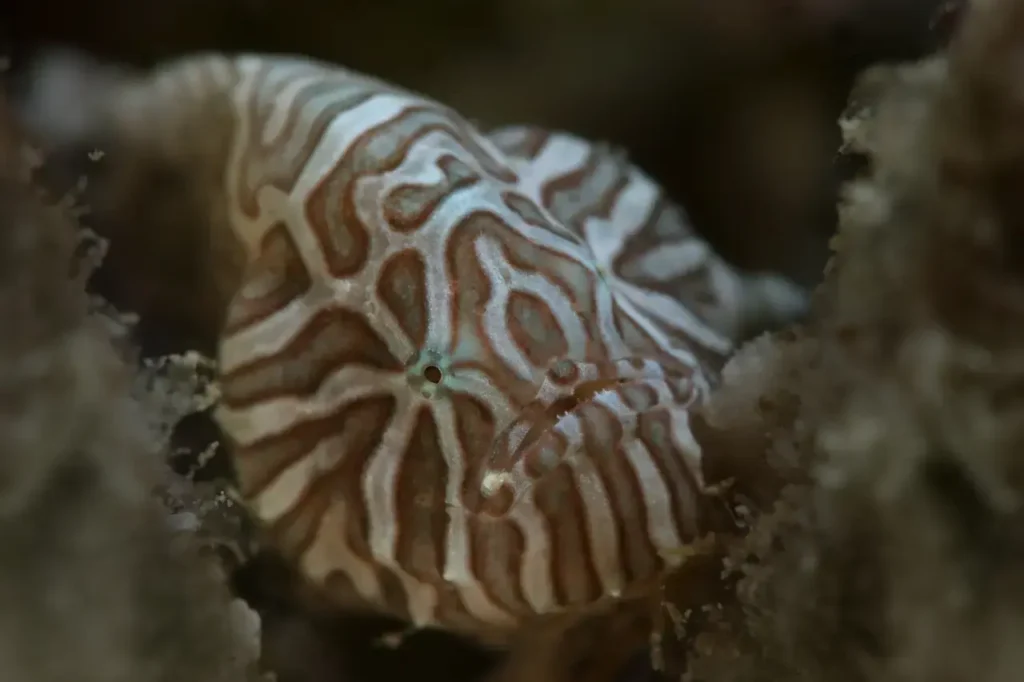

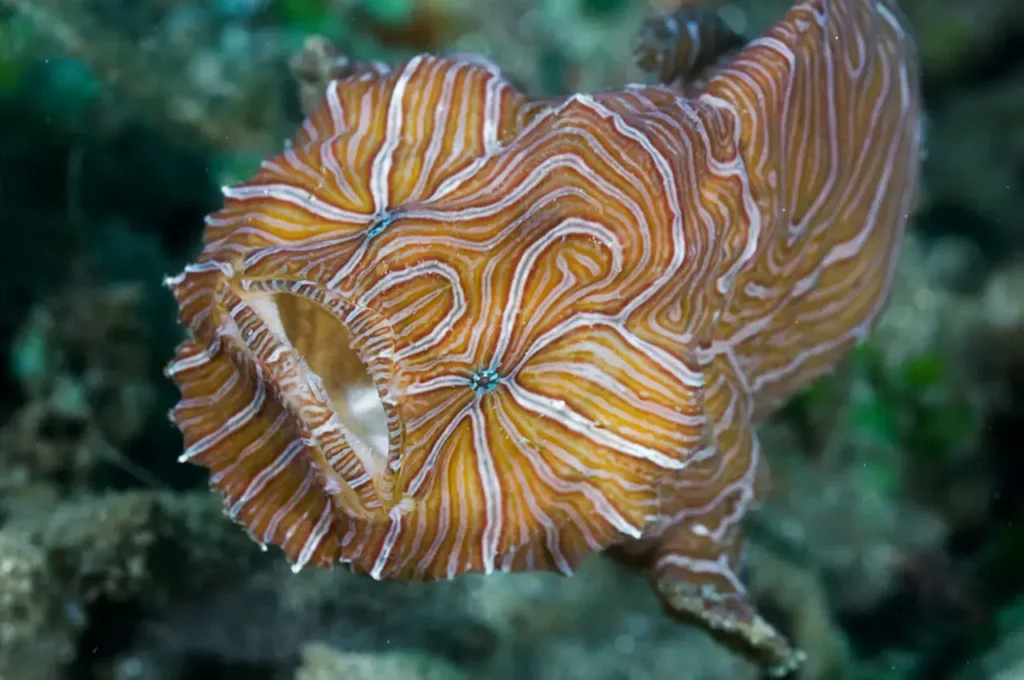
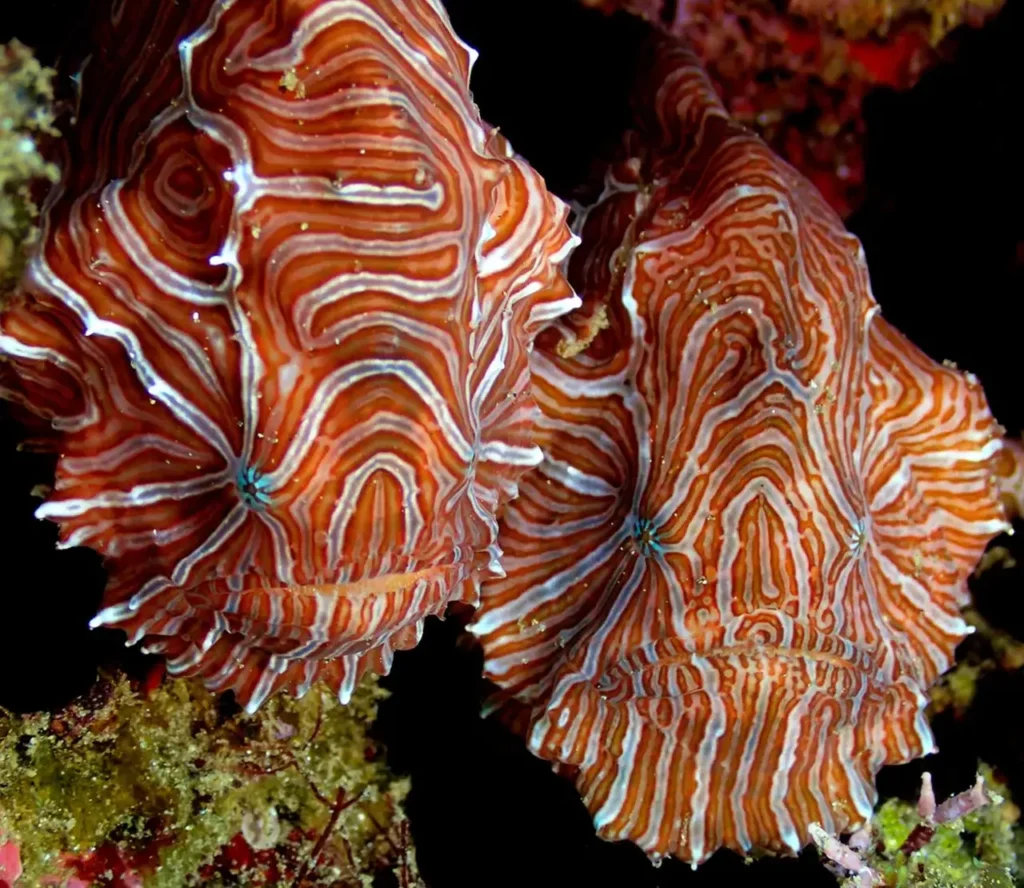
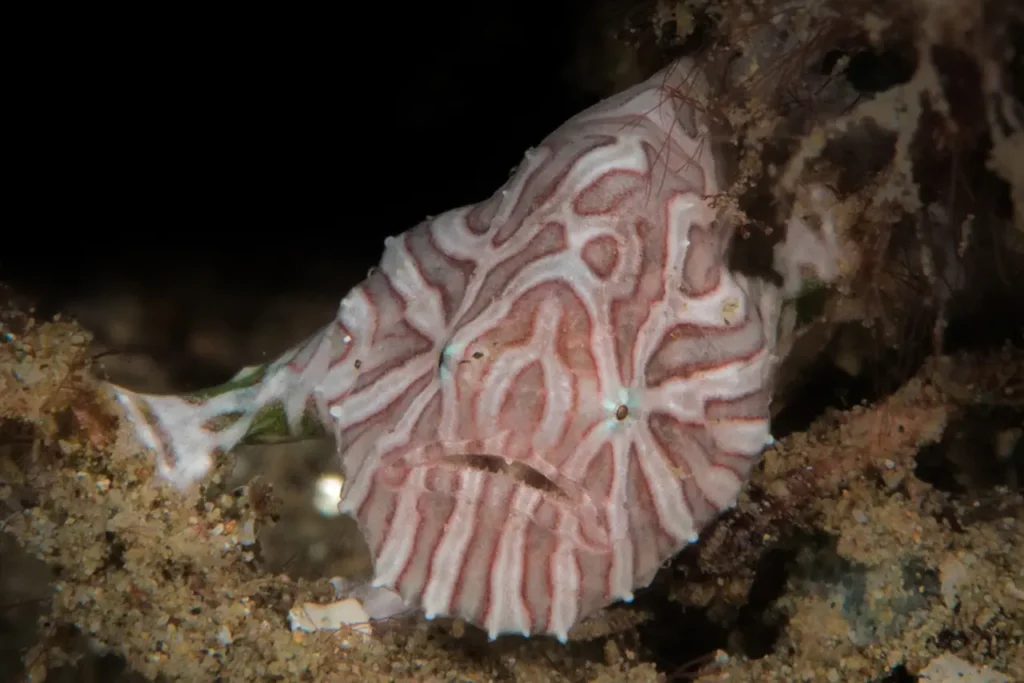
Appearance and Coloration
The Psychedelic Frogfish showcases an extraordinary array of psychedelic colors, patterns, and textures. Its body is usually round and stocky, with an assortment of protrusions, flaps, and frills that help it blend seamlessly into its surroundings. The colors range from bright yellows, oranges, and reds to mottled patterns of blues, purples, and greens. These vibrant hues serve as a warning to potential predators, signaling the fish’s venomous nature.
Habitat and Distribution
Psychedelic Frogfish are primarily found in the tropical waters of the western Pacific Ocean, particularly around Indonesia and the Philippines. They inhabit reef slopes, sandy or rubble bottoms, and shallow coastal areas. Their choice of habitat is often determined by the availability of food and suitable camouflage opportunities. These masterful hunters are well adapted to blend into their surroundings, making them challenging to spot even for experienced divers.
Hunting Techniques and Camouflage
Psychedelic Frogfish employ a unique hunting strategy that relies on their incredible camouflage and lightning-fast strikes. They possess a modified dorsal fin that functions as a lure, resembling a small worm or shrimp. By waving this appendage in a mesmerizing manner, they attract unsuspecting prey within striking distance. Once the prey comes close, the frogfish strikes with remarkable speed, gulping it down in a split second. Their hunting technique is a testament to their adaptability and evolutionary prowess.
Adaptations for Survival
The Psychedelic Frogfish has several adaptations that aid in its survival. One such adaptation is its ability to change its color and texture to match its environment, making it nearly invisible to both prey and predators. This camouflage technique, combined with its lure and ambush hunting style, ensures a successful strike when an unsuspecting meal passes by. Additionally, the frogfish possesses a distensible stomach, allowing it to swallow prey larger than its own size.
Conservation and Threats
The Psychedelic Frogfish, like many marine species, faces various threats to its survival. Habitat degradation, pollution, overfishing, and destructive fishing practices pose significant challenges to its population. It is crucial to protect and conserve their habitats, including coral reefs and coastal ecosystems, to ensure the long-term survival of this extraordinary species. Responsible diving practices, sustainable fishing, and raising awareness about the importance of marine conservation are essential for preserving the habitats and biodiversity that these unique creatures rely on.
Fascination and Conservation
The Psychedelic Frogfish embodies the wonders and mysteries of the ocean, captivating divers and marine enthusiasts alike. Its stunning appearance, remarkable hunting techniques, and adaptive features make it a true testament to the ingenuity of nature. As we explore the depths of the underwater world, let us appreciate the beauty and diversity it holds, while also recognizing our responsibility to protect and preserve these fragile ecosystems for future generations to cherish and learn from.
The Psychedelic Frogfish stands as a vibrant testament to the mesmerizing diversity found in the world’s oceans. Its striking appearance, camouflage abilities, and unique hunting techniques make it a truly remarkable creature. By understanding and appreciating the complexities of the Psychedelic Frogfish, we can deepen our connection to the wonders of marine life and inspire greater efforts towards their conservation and the preservation of their habitats.
